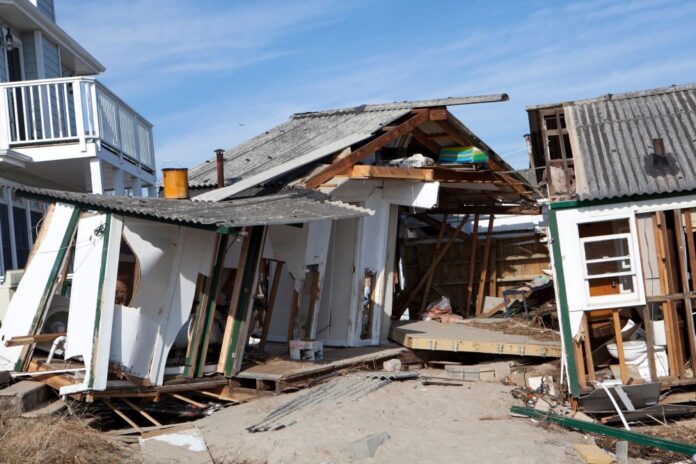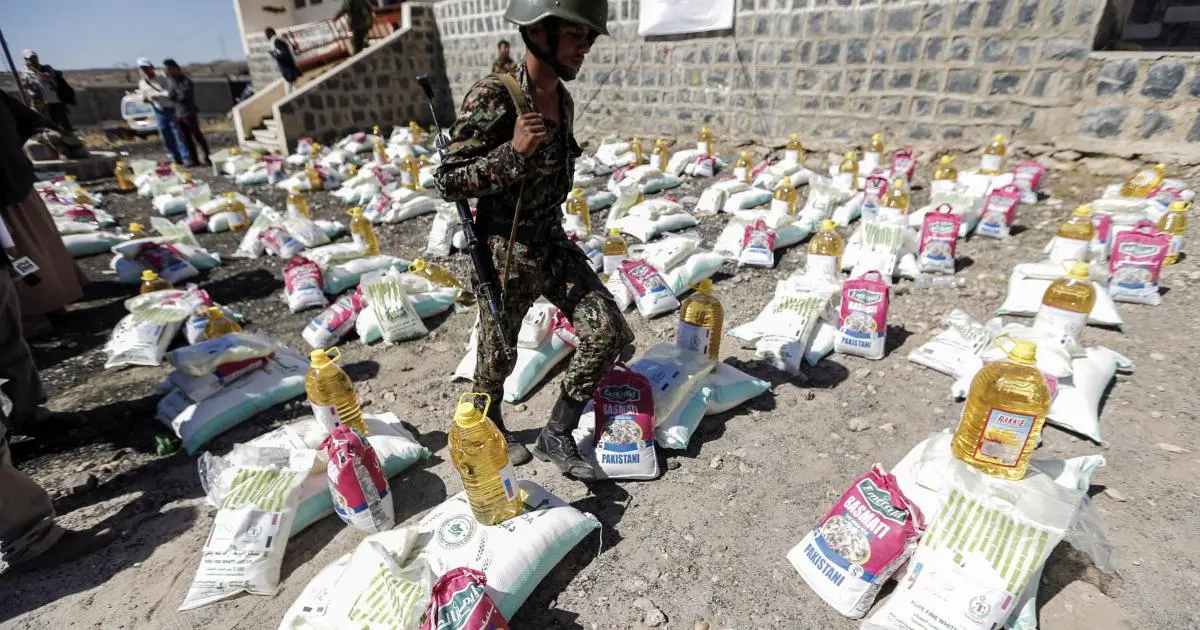
In times of catastrophe, governmental, intergovernmental, and non-governmental actors emerge to provide emergency relief and long-term recovery aid. Coordinating these complex efforts brings with it tremendous challenges. Nevertheless, if done effectively they can greatly magnify positive impacts. Exploring key dynamics in international disaster response is all about offering insight into meaningful improvements for suffering communities, despite all the immense logistical difficulties.
Diverse Spectrum of Relief Providers
Various providers deliver different forms of disaster relief wherever it is needed around the world. This can be in the form of saving lives in the immediate aftermath to rebuilding communities to withstand future crises. Government aid usually involves military transport or direct financial support from wealthier nations. To that end, the UN plays coordination and advocacy roles when it comes to collective global response. Various contracted commercial services supply transport, temporary infrastructure, or technical capacities. Private charitable donations also fund faith-based and other NGO efforts. On top of this, trained groups like Brother’s Brother Foundation mobilize specialized volunteers to provide urgent relief. Each has unique strengths and limitations that must combine for the greatest effect.
Challenges for Coordination

With so many independent actors converged on disaster sites, coordination poses endless frustrations. Power dynamics, corruption, pride, and conflicting ideologies between groups frequently bring about competition rather than collaboration. Bureaucracy and complexities waste precious time and weaken aid effectiveness while duplication of efforts in visible areas leaves remote regions untouched. Sudden influxes of supplies clog distribution channels while boundless long-term needs remain under-funded. Pressure for speedy and tangible results often supersedes meaningful engagement and local capacity building. Language barriers and cultural misunderstandings inhibit appropriate, sustainable solutions. Despite best intentions, international aid routinely misses the mark without unified systems and continuous open dialogue between partners.
Localization Holds New Promise
In recent years, the localization movement has gained significant momentum as an approach to maximize coordination and relief impact. Instead of top-down programs dictated by outside NGOs, localization promotes affected communities identifying priorities and national organizations leading program design and delivery with international groups in supporting roles. This empowers enduring change driven by intimate cultural and socioeconomic understanding. Although shifting ingrained power dynamics proves challenging, localization holds immense potential for creating context-appropriate relief systems that leave communities sustainably strengthened in areas they value most.
Consistent Monitoring Allows Course Correction
With inevitable blind spots across such a complex arena, consistent monitoring and openness to feedback provide opportunities for continuous learning and course correction. New technologies facilitate improved transparency around expenditure tracking and impact measurement indicators tailored to community sentiment. Platforms for onboarding local translators and cultural liaisons diminish barriers between international responders and communities. Course corrections responding to patterns in monitoring data and community input can greatly enhance aid effectiveness even amid the fog of war that shrouds disaster sites.
Looking to the Future
As climate change drives increases in extreme weather events and global instability, the coming decades will undoubtedly see escalating needs for international disaster response. With ever greater calamities affecting vulnerable populations worldwide, it becomes more urgent than ever to meet the challenges facing existing relief systems. Developing countries will assume growing leadership in localized coordination while retaining essential capabilities from international partners. Enhanced use of technology and cultural integration promises more efficient resource allocation tailored to community priorities.

Conclusion
When solidarity through localized coordination displaces fragmentation, and compassionate humanitarian motives guide joint response, positive transformation emerges from even the direst disasters. Consistent monitoring and adaptation can overcome inherent challenges in the structure. And communities develop resilience and self-determined strength to carry them through future crises on their own terms and priorities. Though invariably messy in practice, global cooperation in times of greatest human need reflects our highest human ideals.








